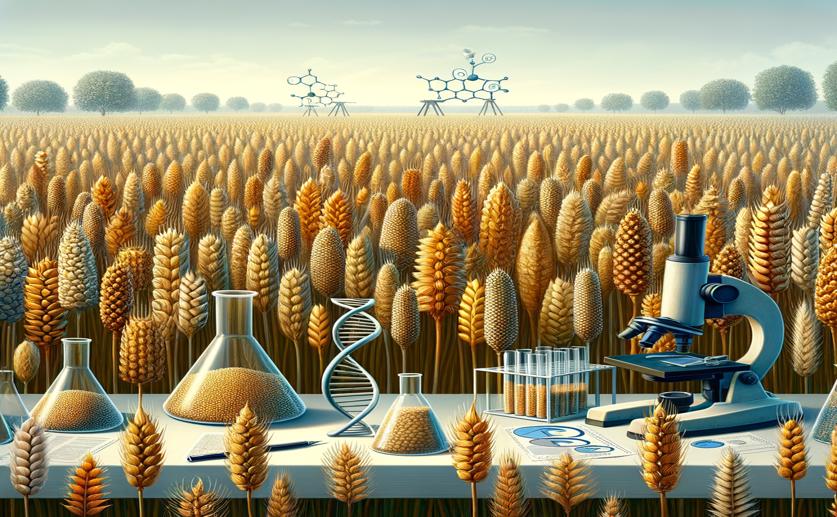
Genetic Diversity in Early Wheat Varieties Using Advanced DNA Markers
Jenn Hoskins
12th June, 2024

Image Source: Natural Science News, 2024
Key Findings
- The study, conducted by Hacettepe University, analyzed genetic differences between Triticum baeoticum and Triticum urartu using advanced genomic tools
- Researchers found significant genetic differences between the two species, confirming their classification as distinct species
- The study demonstrated that DArTseq is a fast, cost-effective, and highly accurate method for species and population discrimination, aiding gene bank management
AgricultureGeneticsPlant Science
References
Main Study
1) Genetic diversity of the Turkish accessions of two progenitor species, Triticum baeoticum Boiss. and Triticum urartu Thum. ex Gandil., using DArTSeq markers
Published 11th June, 2024
https://doi.org/10.1007/s10722-024-02046-8
Related Studies
2) Fast model-based estimation of ancestry in unrelated individuals.
3) A Whole Genome DArTseq and SNP Analysis for Genetic Diversity Assessment in Durum Wheat from Central Fertile Crescent.
4) Geographic differentiation of domesticated einkorn wheat and possible Neolithic migration routes.



 9th June, 2024 | Jenn Hoskins
9th June, 2024 | Jenn Hoskins